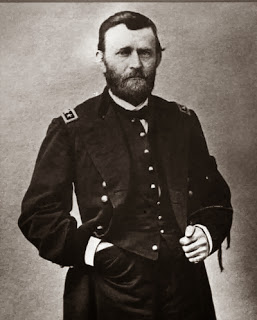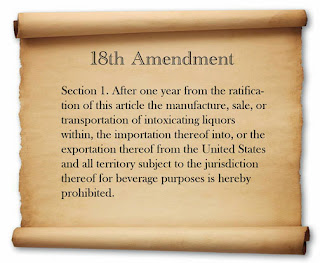Demographics, the study of human populations can teach us far about history than what we usually think of historical knowledge. Just by looking at population charts we can see many things in history that we might otherwise overlook.
Take for example a population chart of Germany in 1910.
This is what we call a normal population chart. You will see, naturally, that there are slightly fewer people in each age group as you ascend in age. Makes sense. Unless something drastic happens, no age group can have more people than the previous one, because people die. Also note that in any normal population, there are slightly more boys born than girls, but by the 20's that is changing and that women gradually come to outnumber men in each age group. Women live longer than men. This is true of any population that you study, no matter where or when.
Now look at Germany twenty years earlier, in 1890.
Also a pretty normal chart, except that the 0 - 4 age group is much elevated over the 5 - 9 group. What is going on we ask? Where do we look for answers? We could begin by examining medical advances in those twenty years in childhood medicine. What we find is that infant mortality has been greatly reduced between 1890 and 1910. Simple enough?
But what if great anomalies are seen in a chart. For example, Germany in 1925.
Your first reaction, is holy cow, what happened. Looking back we find, surprise, World War I. How does a war affect a population? Let's count the ways.
Take any age group and subtract it from 1925. That will give you the years in which that group was born. 10 - 14, for example, were children born between 1911 and 1915. They are well below the next age group. These are obviously pre-war babies, who probably suffered from wartime deprivations. But the 5 - 9 group is most out of synch. Children born between 1916 and 1920, the war babies, and shortly thereafter. Few births during the war and after. We find that, for some reason, when you take a large group of young men away from their homes, births drop.
As seen in the 0 - 4, the first years after the war. An increase (sort of a mini baby boom) but still not rising to the level of the normal curve. You can find what the normal curve should look like by drawing a line on the 15 - 19 and 20 - 24 group. These were children too young to fight in the war, but not affected as much by the war itself.
Then check the 25 - 29 and 30 - 34 groups. Prime soldier age. Note the great disparity between men and women. The woman part of the chart stays normal, the male does not. This also accounts for the drop in the 0 - 4 age group, which does not return to normal. Dead young men do not produce babies.
When you get to the 45 - 49 age group, those too old to fight, the chart returns to a semblance of normal.
And how long does this effect of the war last in Germany? Especially if you add another war. Here is West Germany in 1961.
We are a long ways from normal here, in any part of the chart. You can still see the dearth of births in the first world war in the 40 - 44 age group, those born between 1917 and 1921. Note, however, that women now greatly outnumber men in this group. These young men were prime age to fight in the next war, World War II. As were the next groups after them.
One interesting bar, the 20 - 24 age group which stands far above the rest. What is going on there? These are children born between 1937 and 1941. They are the children produced by Hitler's program to radically increase the German population though drastic means, including setting up camps where young soldiers were allowed to impregnate as many young German women as possible.The program obviously worked.
The chart is beginning to normalize somewhat in the first two age groups, but for a long time there are going to be a large surplus of women in Germany. Think of the implications for marriage, birth rates, women working, etc. When I was in Germany in 1988 I noticed right away lots of little old ladies, and not many little old men on the streets. No wonder.
East Germany looks pretty much the same in 1964.
Note, however, the lack of younger people. This represents the young people who managed to get out of East Germany before things closed down in the early 60's. Another thing to note is the bulge of older people, mostly women in the older age groups. This is going to cause a problem in the next 20 years as these people reach pension age. Not enough young people working behind them to pay the pensions. (This is similar to what we have happening in this country now with our baby boomers reaching retirement age.) East Germany, however, came up with a brilliant solution. East Germans were not allowed to leave their country, thus the Wall, etc. Except that when you turned 65 and went on a pension, the East German government gave you a visa to go to the west. Ingenious. Wonder if we could come up with the same solution here!!?
Still think statistics are boring?

















































